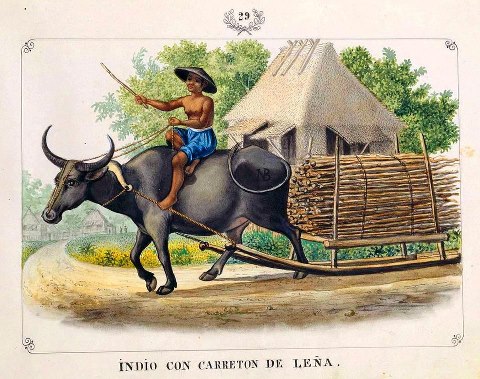One of the challenges of writing animal histories and its role in public health lay in the anthropocentric nature of history. It is a history of humans by humans, and if there are animals in the scene, then they are incidental in that manner. Animals are largely passive objects in the narratives of human health: they are the sites of observation, experimentation, and vivisection, to produce technologies that would best cater to humans: vaccinations, food preservation, clothing, transport technology, etc.
While animals do play in these roles, they are not given the attention that they deserve. One concrete example was the famous study of Ivan Pavlov’s conditioning.
The story is quite familiar to those who have taken up general psychology: measuring the quantity of saliva a dog can make, Pavlov discovered that saliva production was also affected by hearing or smelling in anticipation of food. But dogs also salivated even when there were no events that were related to feeding. In this regard, Pavlov thought that the dogs can be trained using stimuli which were not related to food. His study became what we know today as classical conditioning. A neutral event can be associated with an unconditioned stimulus, and when repeated, the unconditioned stimulus becomes a conditioned stimulus leading to a conditioned response.
In a sense, we would not be able to understand why every time a terror professor comes in, we would feel squeamish in our seats. Or the sound of a bell would signal that one must eat. The knowledge of classical conditioning will not have been possible without the aid of Pavlov’s dogs.
But not all animals are “fortunate” enough to be in aid of research. Countless frogs, felines, and bovines were placed on the dissecting table by undergraduate biology students, or by medical students through time. The “unsung heroes” have allowed us to pass our courses and/or get publications done. We may have done it with our own effort, but we could not have also done it without the help of other creatures.
And we are just scratching the surface. History is replete with examples of animals in the service of humanity. Hence, our investigation of animals requires us to do better with our research and experiments such that we do not lay their lives to waste.
